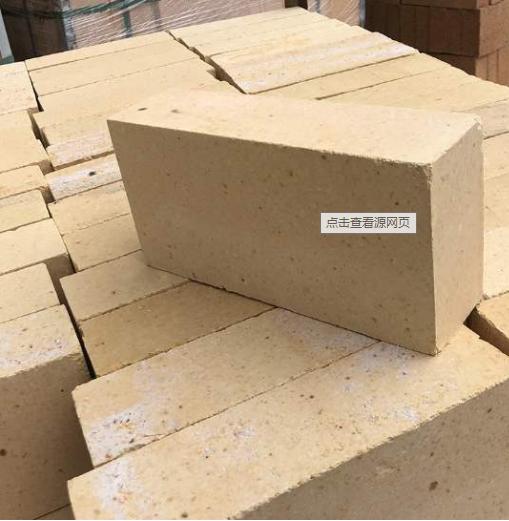Product Search
Quickly find the product you need
Products List
Refractory Knowledge
- The Use of Mullite Insulation Bricks
- Refractory material production process
- Manufacturing process of fire clay insula
- Pros and cons of lightweight mullite bric
- Pollution and treatment in the production
- Thermal Shock Resistant Fireproof Heat In
- Production Process Methods of Refractory
- Classification of mullite insulation bric
- the development of the refractory brick i
- Aggregates Used For the Production of Ins
Products List
- Phone:0086-370-63838939
- Email:sales@sunriserefr.com
- Office Address: No.36 Fengchan Road Of Zhengzhou, Henan, China (Mainland)
Classification of mullite insulation brick:
Date:2020-03-16 15:51 | From:Zhengzhou Sunrise Refractory | Author:admin
Mullite insulation bricks are mainly divided into light and heavy mullite bricks according to the density, and are divided into: 1350 mullite insulation bricks, 1450 mullite insulation
Brick, 1550 mullite brick, etc.
Mullite insulation brick performance and application: high fire resistance, up to 1790 ° C. The load softening start temperature is 1600 ~ 1700 ° C. Compressive strength at room temperature 70 ~ 260MPa.

Made by molding and firing.
The fused mullite brick is made of high alumina, I-alumina and refractory clay, and is added with charcoal or coke fine particles as a reducing agent. After molding, it is manufactured by reduction electrofusion method.
The fused mullite crystals are larger than the sintered mullite and have better thermal shock resistance than the sintered products. Their high temperature performance is mainly determined by the alumina content and the uniformity of the mullite phase and glass distribution.
Mainly used in hot blast stove top, blast furnace body and bottom, glass melting furnace heat storage chamber, ceramic sintering kiln, dead angle lining of petroleum cracking system, etc.

